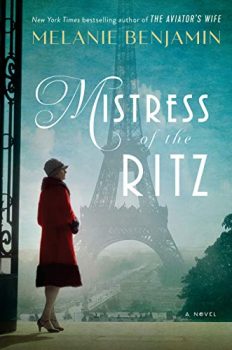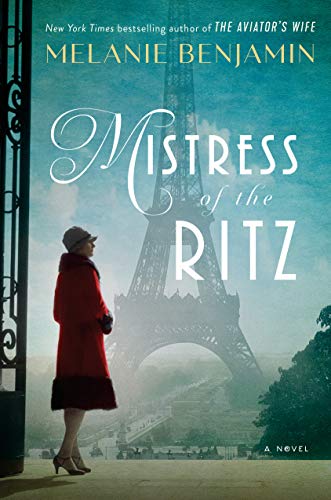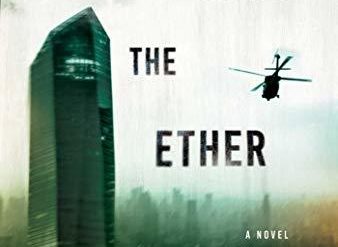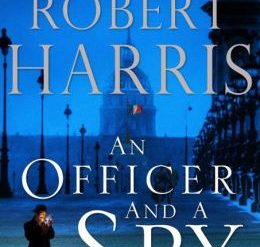
Here’s an unconventional tale of the French Resistance.
History tells us that a man named Claude Auzello (1898?-1969) was the managing director of the fabled Hotel Ritz in Paris during World War II. In 1923, he married an aspiring American film actress who gave her name as Blanche Ross (1897-1969). We also know that for a time during the war Blanche was active in the French Resistance, ferrying downed Allied pilots to safety and working as a courier. We know a little more about her friends and her life, and about how she died, but not much. Thus, Melanie Benjamin‘s novel, Mistress of the Ritz, is “‘inspired’ by a true story and real people, rather than based on them.”
Estimated reading time: 4 minutes
The who’s who of Paris society between the wars
In fact, Mistress of the Ritz fairly reeks of the famous names for whom the Ritz was home away from home in Paris. Some (Marcel Proust, Sarah Bernhardt, Barbara Hutton, F. Scott Fitzgerald, Cole Porter, Pablo Picasso, Hermann Göring, and the Duke and Duchess of Windsor) are merely mentioned in passing. Others such as Ernest Hemingway, Coco Chanel, and Marlene Dietrich, have minor speaking parts in the story. In the process, Benjamin succeeds admirably in recreating the antic mood of elite French society in the 1920s and 30s and the dour and depressed years of the war that followed.
Mistress of the Ritz by Melanie Benjamin (2019) 372 pages ★★★★★
A moving historical novel and an unusual love story
Mistress of the Ritz is both a moving historical novel that illuminates the years of the Nazi occupation of Paris and a love story. One of the facts known about the marriage of Claude and Blanche Auzello was that it was, in a word, tumultuous. On several occasions Blanche left Claude, sometimes for extended periods. As a liberated American woman (a “flapper”), she couldn’t understand or accept his insistence on keeping mistresses. And then the war changed everything.
An unconventional tale of the French Resistance
As we observe Blanche Auzello and, later, Claude as well becoming embroiled in support for the Resistance, the question arises, “what exactly is the Resistance?” Here’s Benjamin’s verdict: “It isn’t a defined group of people, not as some would believe; there is no official insignia, no membership dues. It is more amorphous, popping up now here, now there. Some people who never held a gun are part of it. It is at once cerebral, engaged in false diplomacy, and bloodily violent, intent on blowing up bridges and entire regiments of Nazis. It is more of a mood than an action.” And historians differ widely on the significance of all this storied effort. Some bow to Ernest Hemingway, who romanticized the partisans. Others lend it little respect. And Dwight D. Eisenhower‘s famously hyperbolic remark that the Resistance had been worth “an extra six divisions” appears to have been foisted on him by Charles de Gaulle. It’s highly doubtful the impact of the Resistance was even remotely as significant.
The legacy of the French Resistance
In the end, as World War II finally draws to a close, Benjamin concludes that “what is left to the French is too enormous and complicated, a great tangle of threads of all hues and heft that one cannot begin to unravel. There was bravery, but there was also collaboration. There was defiance, but there was also acquiescence. Some people suffered, but most did not.” And, although Benjamin doesn’t mention it, fewer than one percent of the forty million French citizens played any part in the Resistance, however small, and most of them only in the closing months of the war. By comparison, an enormous percentage of the French population actively collaborated with the Nazis. And it all comes to light in this unconventional tale of the French Resistance.
For related reading
You might also enjoy:
- Good books about the French Resistance
- The 10 best novels about World War II
- 10 top nonfiction books about World War II
- 20 most enlightening historical novels
You might also check out Top 10 great popular novels.
And you can always find my most popular reviews, and the most recent ones, on the Home Page.



























